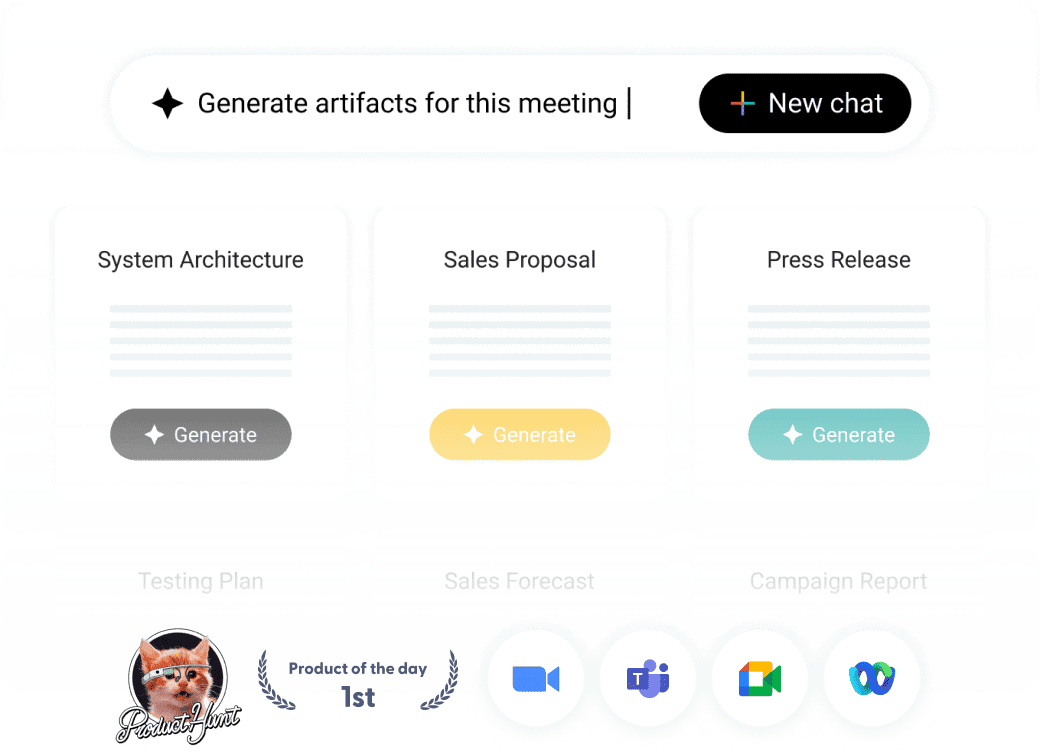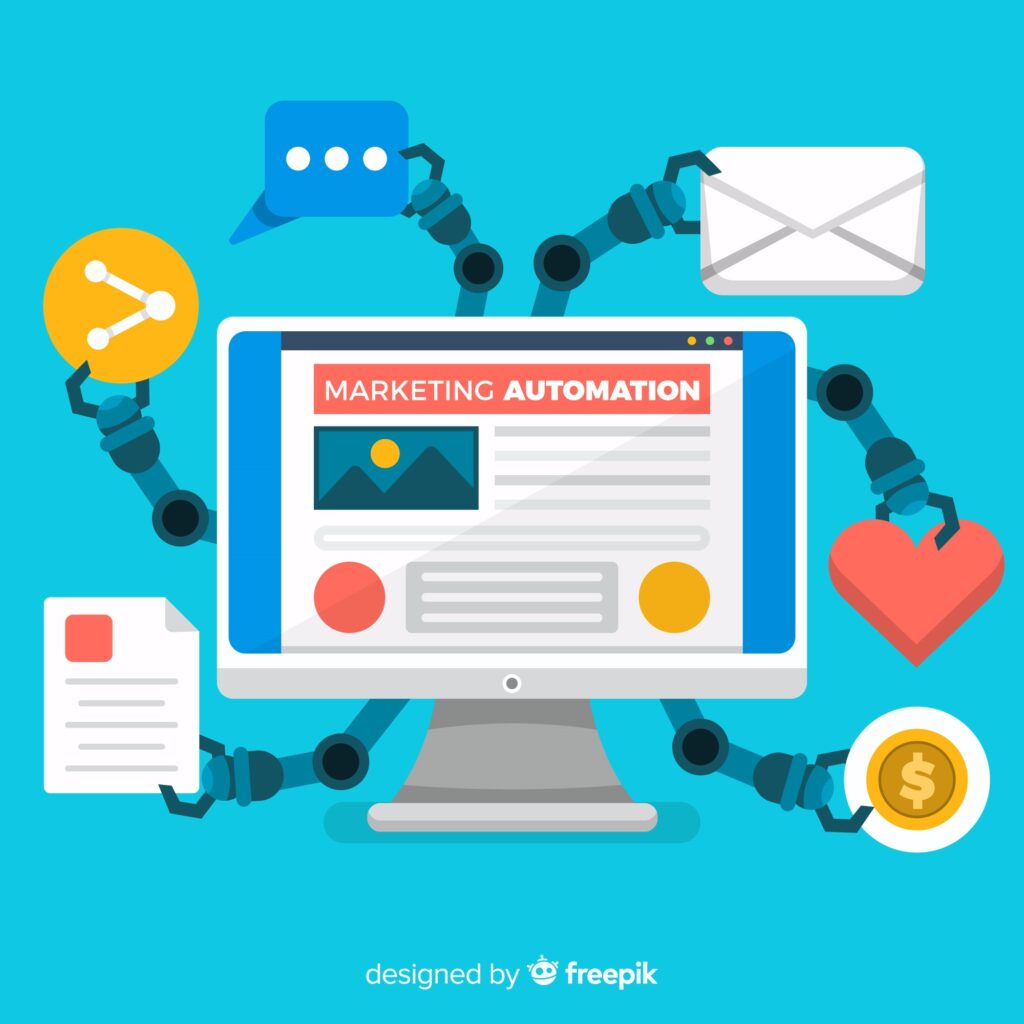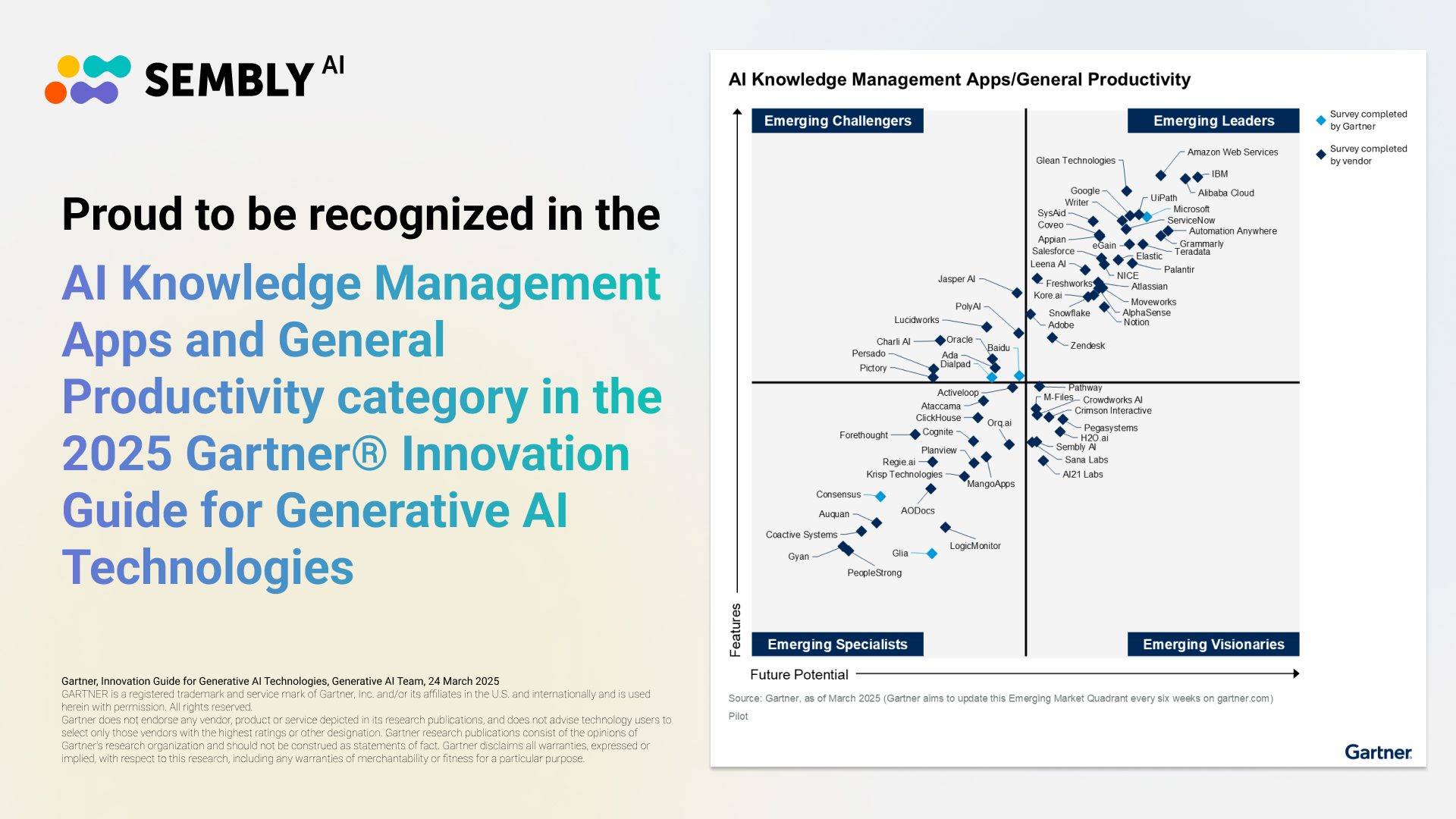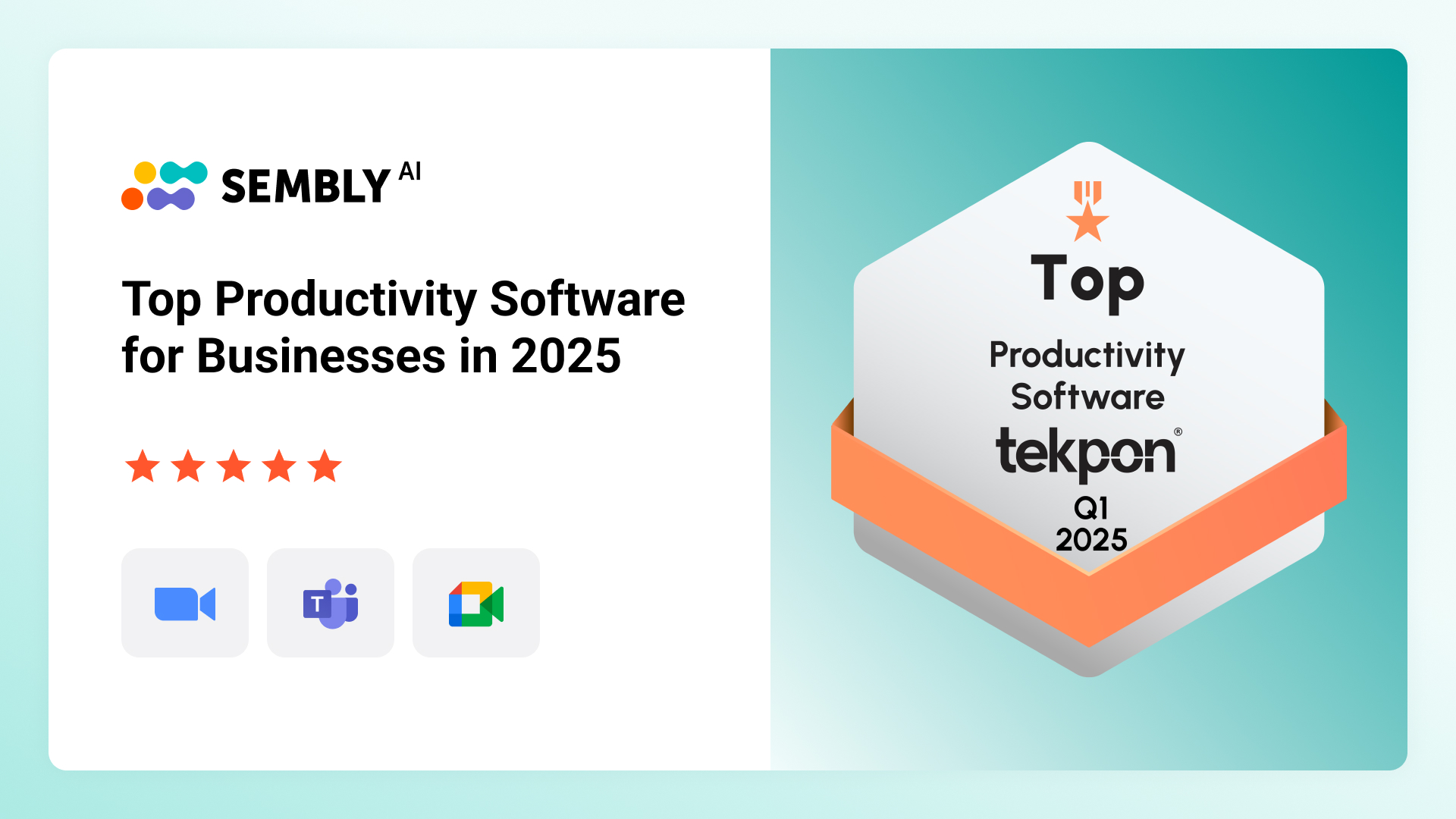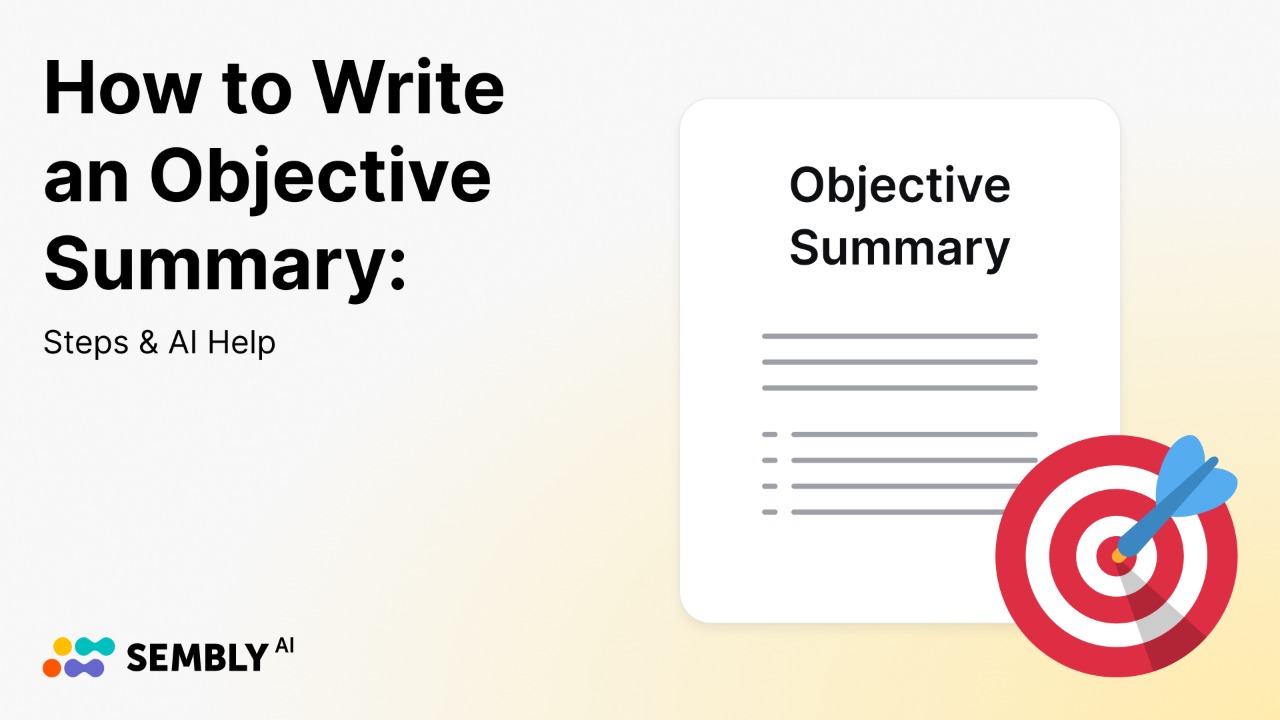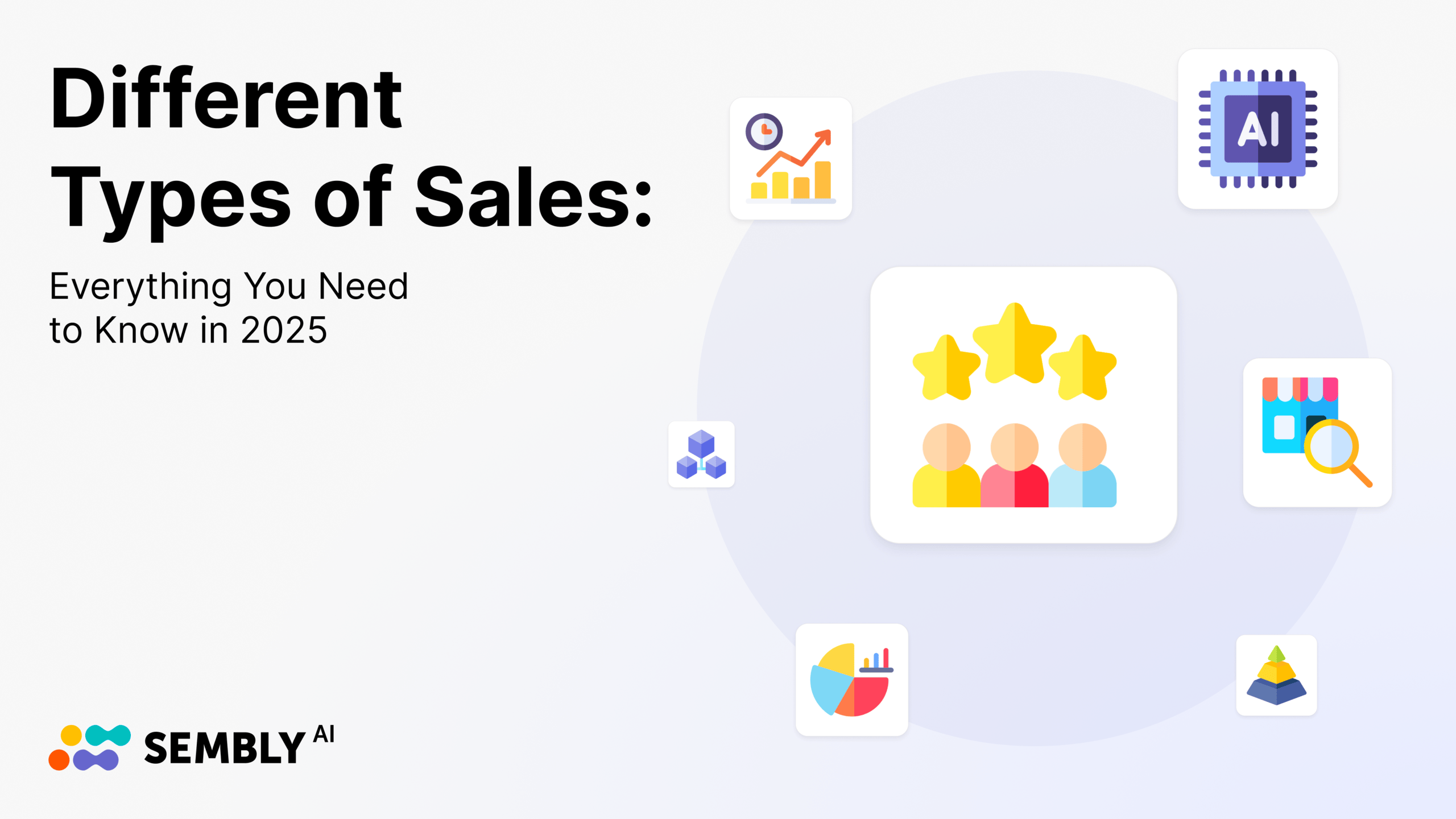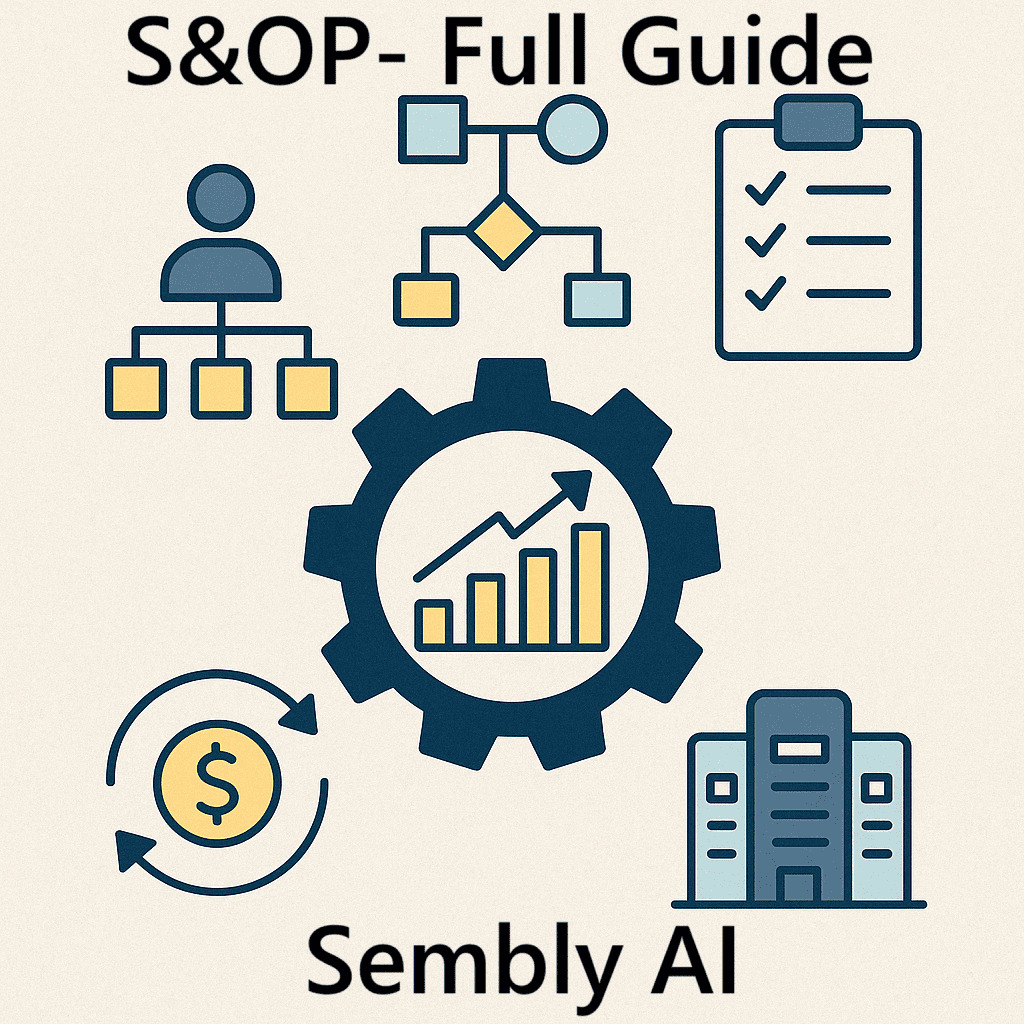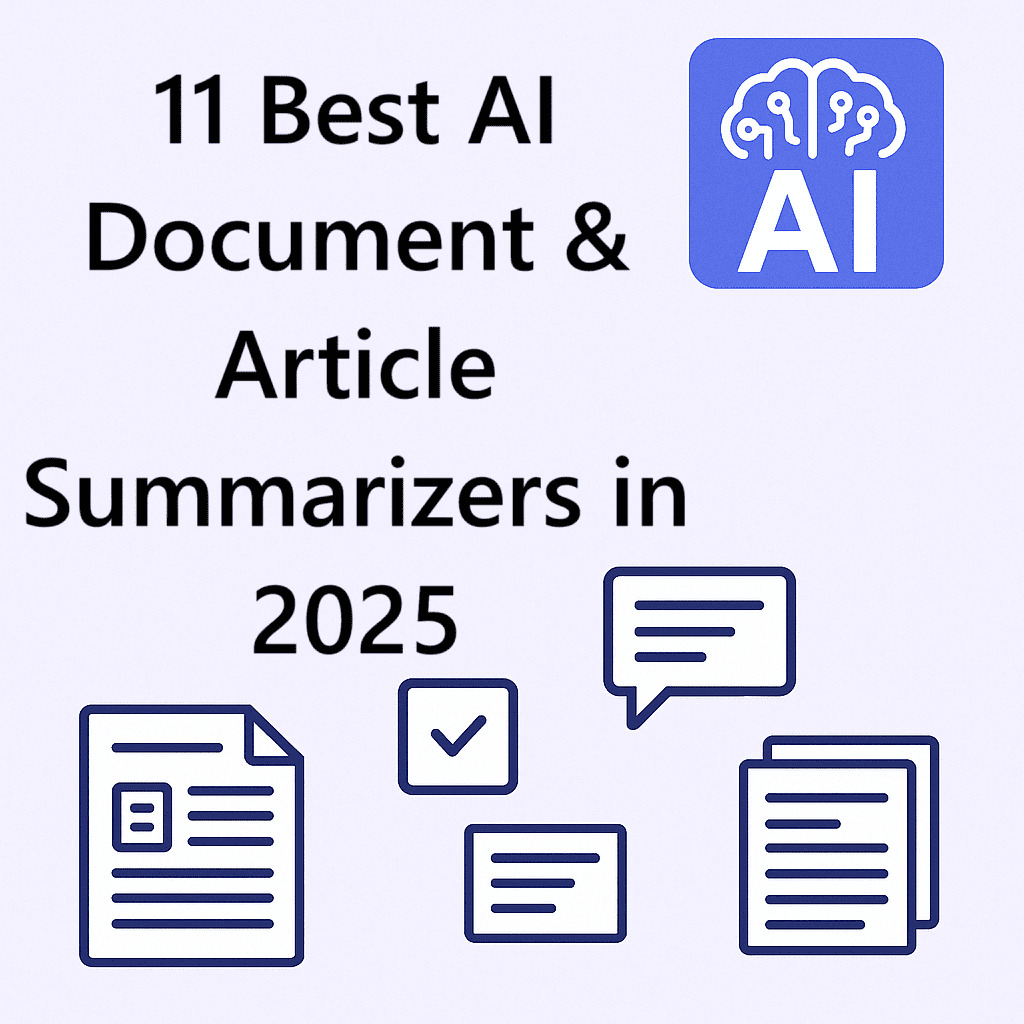Table of Contents
ToggleRecently updated on March 26th, 2025
- How can I find and convert quality B2B leads at scale without burning the sales team? That’s the question keeping many B2B company leaders awake at night.
Marketing automation for B2B emerged as a solution to the scaling challenge, but many companies still miss its core potential. Rather than using automation to blast generic messages, industry leaders now leverage AI in a more innovative way – analyzing subtle buyer behaviors, identifying intent signals, and creating personalized engagement paths tailored to each prospect’s unique digital footprint.
This shift transforms automation from a basic email tool into an intelligent system that learns and adapts. And today, in this guide, we’ll explore some of the essential strategies that set successful B2B marketing automation apart from merely another instance of generic AI content overuse. Let’s dive!
Understanding B2B Marketing Automation
B2B marketing automation is an approach, or rather a technology system that allows marketing teams to execute repetitive tasks through AI-powered software and methodologies. It handles various aspects of a marketer’s daily life from email campaigns to lead scoring, turning scattered prospect data into clear sales opportunities. This automation system acts as a foundation for scaling marketing operations while maintaining personalized communications.
Why Do B2B Companies Need Marketing Automation?
Well, that’s a straightforward question. Companies avoiding marketing automation in B2B face the same fate as businesses that once refused to adopt computers. Today, manual marketing efforts can’t match the speed, scale, and precision of automated systems—much like typewriters couldn’t compete with word processors. Companies that resist automation risk falling behind competitors who can nurture more leads, respond faster, and make data-driven decisions through automated tools.
Key Differences Between B2B and B2C Marketing Automation
OK, but everything mentioned above may be used for both B2B and B2C marketing. Well, while both use similar automation tools, their core automation strategies differ based on the selling cycles and decision-making processes. B2B automation focuses on long-term lead tracking and multi-stakeholder engagement, while B2C targets quick individual conversions. How does this distinction manifest in practice? Let’s see!
| B2B Automation | B2C Automation |
| Complex scoring based on company fit, roles, and buying signals. | Simple scoring based on website visits and cart actions |
| Multi-step workflows with role-based branching logic | Linear workflows focused on purchase completion |
| Advanced CRM integration pulling data from multiple touchpoints | Basic eCommerce platform integration |
| Department-specific content triggers and approval flows | Automated product recommendations |
| Account-level tracking of multiple contacts | Single user journey tracking |
| Deep qualification using company and behavior data | Basic purchase history segmentation |
| Long-term nurture with adaptive content | Quick promotional sequences |
| Multi-stakeholder meeting scheduling and meeting minutes automation | Cart abandonment reminders |
| Cross-channel tracking of account-level engagement | Individual session tracking |
| Pipeline and revenue influence reporting | Basic conversion and revenue tracking |
As we can see from the table above, marketing automation for B2B is generally more complex and involves multiple decision points in its workflows. It often requires sophisticated tracking systems that can handle various stakeholders and long-term relationship building, unlike B2C’s focus on quick, individual purchases.
The Core Components of a B2B Automation Strategy
While the previous section might paint marketing automation for B2B as something overwhelmingly complex, it’s actually a well-structured system that breaks down into several clear components. Each piece serves a very specific purpose in moving prospects through the sales pipeline.
In many ways, our automation resembles a finely tuned engine. Like a car’s engine turns fuel into motion through multiple synchronized systems, automation turns raw prospect data into qualified leads through interconnected components.
Each part plays a vital role in the overall performance. Just as a car won’t run efficiently with a clogged fuel filter, automation won’t deliver results with poorly configured lead scoring or broken workflows. Let’s examine these essential components of a typical B2B marketing automation strategy:
- Lead Capture System: Creates entry points through forms, landing pages, and website tracking.
- Database Management: Organizes contacts, tracks interactions, and maintains data quality.
- Lead Scoring Model: Assigns point values to prospect actions and characteristics to measure sales-readiness.
- Email Marketing Automation: Sends targeted messages based on prospect behavior triggers and engagement patterns. Includes personalized content blocks, dynamic fields, and A/B testing capabilities to optimize open and click-through rates.
- Content Personalization: Adapts content delivery based on prospect profiles, industry, and buying stage. Automatically selects relevant case studies, whitepapers, and product information based on previous interactions and company data.
- Multi-Channel Tracking: Records all prospect interactions across email, website, social media, and offline channels. Creates a unified view of engagement patterns and content preferences to inform lead scoring and nurturing strategies.
- CRM Integration: Syncs marketing and sales data to ensure teams share the same view of prospects. We have written more about CRM integration in our article dedicated to the B2B sales automation process.
- Workflow Automation: Creates complex, branching sequences triggered by prospect actions. Includes content delivery rules, task creation, and internal notifications based on prospect engagement levels.
- Analytics System: Tracks campaign performance with detailed metrics (we will elaborate on this point in greater detail later). Provides insights for content strategy and campaign optimization.
- Social Media Tools: Manage post scheduling, track engagement, and integrate social signals into lead scoring. Monitor brand mentions and prospect interactions across platforms.
- Landing Page Builder: Creates and tests conversion-focused pages with dynamic content blocks. Adapts messaging and offering based on traffic sources and prospect characteristics.
- Progressive Profiling: Gradually builds detailed prospect profiles through form fills and behavior tracking. Adapts form fields based on known information to avoid repetitive questions.
- ABM Tools: Manages company-level engagement tracking and coordinated outreach to key accounts. Includes account scoring, multi-contact nurturing, and personalized content delivery.
- Meeting Scheduler: Automates calendar coordination and uses AI to streamline meeting workflows. Includes reminder sequents, automatic meeting minutes generation through tools like Sembly, and follow-up content delivery.
Essential Best Practices for B2B Marketing Automation

As we can see, there is a wide range of tools that can be applied to your b2b marketing automation strategy. The key is starting with a solid foundation of strategy and processes, and building automation that complements rather than replaces human expertise – these B2B marketing automation best practices facilitate the creation of systems that consistently generate and nurture leads.
Define Clear Objectives and Success Metrics
Base your automation strategy on clear business goals and revenue targets. Map each automation workflow to specific metrics – from email open rates to sales-qualified leads. This clarity helps you measure success and adjust your approach based on robust analytics.
Align Sales and Marketing Teams
Communication between marketing and sales departments is crucial. Create shared definitions of lead stages and handoff points. Set up clear communication channels and feedback loops between teams. Establish measurable team goals that are clear for both parties. This alignment prevents leads from falling through the cracks and improves operational efficiency.
Build Smart Segmentation
Create detailed prospect segments based on industry, company size, and behavior patterns. Leverage these segments to deliver personalized content and offers. Robust analytics show which segments convert best, helping you focus your resources.
Set Up Lead Nurturing Flows
Design automated sequences that guide prospects through their buying journey. Include trigger points for sales outreach based on engagement levels. This systematic approach turns more potential customers into sales opportunities.
Monitor and Maintain System Health
Regular system audits keep your automation running at peak performance. Check for broken workflows, review trigger rules, and update content paths. This maintenance ensures consistent lead nurturing and prevents automation failures.
Key B2B Marketing Automation Workflows to Implement
We have previously mentioned B2B marketing automation best practices and components, so now, let’s transform them into specific workflows to implement into your business processes.
1. Lead Generation Workflow
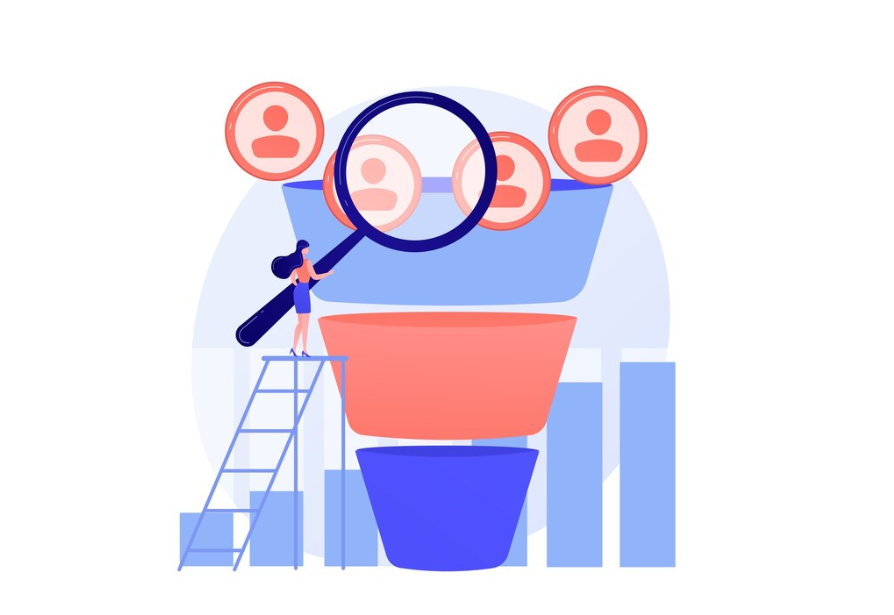
Marketing automation handles the first touchpoint of your entire customer journey—capturing and processing high-quality leads. Marketing automation tools automatically collect form submissions, tag website behavior patterns, and enrich visitor data with company details. They trigger personalized welcome sequences based on specific actions, for instance downloading a whitepaper, moving prospects further through your sales funnels with precision. The automation tools typically monitor engagement across channels, assign initial lead scores, and feed qualified leads into your CRM. When target accounts show high engagement, the system alerts sales teams and starts ABM sequences. Progressive profiling automation gradually builds contact records by cycling new questions in each form of interaction.
2. Lead Qualification Flow
B2B marketing automation platforms measure prospect engagement to route leads effectively through your sales funnel. The system tracks your target audience’s interactions, from email sequence responses to content downloads, and building qualification scores. It matches prospect behavior with your ideal customer profile, weighing firmographic data and engagement patterns. When leads hit scoring thresholds in their buyer journey, the automation creates CRM tasks and alerts sales teams. The system updates lead scores in real-time based on both positive signals (pricing page visits) and negative indicators (email unsubscribes), ensuring your sales team focuses exclusively on qualified prospects.
3. Prospect Nurturing Sequence
Marketing automation delivers relevant content to prospects based on their behavior and engagement level through the sales funnel. The system creates personalized experiences by matching content to industry needs and buying stages. It tracks multiple decision-makers within each account, adjusting email sequences and content delivery based on role and interest. Using real-time insights, the automation adapts nurture paths – sending case studies after whitepaper downloads, triggering product demos after pricing page visits, and altering sales departments when engagement spikes. The system also reactivates stalled prospects through targeted remarketing and fresh content offers.
4. Sales Opportunity Workflow
Marketing automation also streamlines the transition from marketing strategy to sales efforts in the B2B buying cycle. The system triggers sales team alerts when customer engagement reaches key thresholds, schedules meetings automatically, and delivers prospect insights to sales teams before calls. It maintains engagement through automated meeting reminders and follow-ups, while tracking conversion rates at each stage. The automation coordinates multi-stakeholder communication, syncs meeting notes to CRM, and suggests the next best actions based on similar deal patterns.
5. Customer Onboarding Process
Marketing automation handles repetitive tasks during B2B client setup, turning new customers into product champions. The system creates customized onboarding tracks based on company size and product package, measuring the effectiveness of marketing campaigns for each audience segment. It sends automated training resources, tracks resource usage, and provides actionable insights on adoption rates. When engagement drops, the automation triggers intervention workflows – from follow-up email sequences to customer success team alerts. The system also coordinates multiple stakeholder training paths, ensuring each user receives role-specific guidance.
6. Customer Retention and Upsell Flow
Marketing automation tracks customer usage patterns and identifies expansion opportunities through the customer lifecycle. The system measures the impact of marketing efforts by monitoring product adoption, feature usage, and support interactions across your customer base. It triggers personalized check-ins and upgrade offers based on usage milestones, while tracking conversion rates for each expansion campaign. The automation alerts account teams when customers show signs of churn risk or growth potential, coordinating targeted outreach with usage-based messaging and case studies. This systematic approach helps spot renewal risks early and turn successful customers into brand advocates.
Top Tools and Platforms for B2B Marketing Automation
Now, let’s take a look at some of the most popular marketing automation B2B tools.
1. Sembly AI
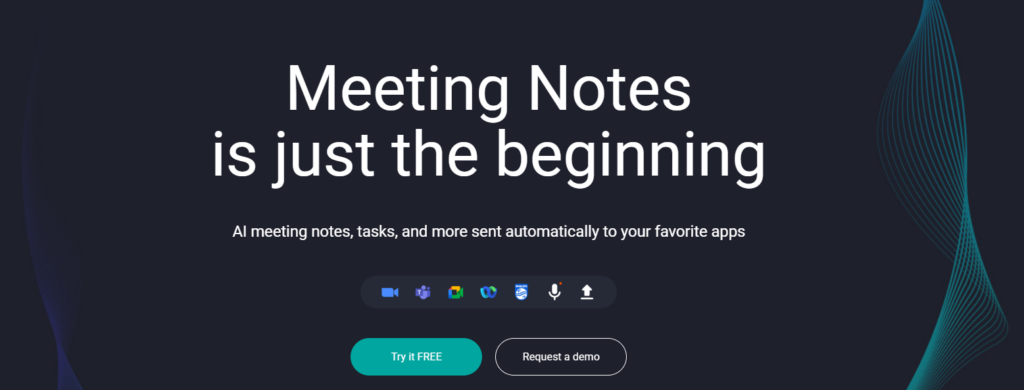
Sembly AI combines AI capabilities with B2B marketing automation to generate essential marketing deliverables through its advanced agentic extension, Semblian 2.0. The platform automates the creation of brand positioning documents, marketing strategies, SEO reports, and content calendars—helping marketing teams focus on strategy rather than routine documentation. It integrates into existing marketing workflows to streamline report generation, campaign analysis, and content planning processes. For B2B companies, this means faster production of professional marketing materials while maintaining consistent brand messaging across channels.
2. HubSpot

HubSpot combines powerful CRM capabilities with marketing automation features built for B2B needs. The platform tracks prospect behavior across channels, automates personalized content delivery, and offers detailed engagement analytics. It includes built-in tools for landing pages, email campaigns, and social media management while integrating with major business platforms.
3. Brevo

Brevo is similar to HubSpot, offering an all-in-one marketing platform designed for B2B companies to reach potential customers across multiple channels. However, in contrast to the previous tool, Brevo offers more affordable prices, making it a suitable tool for smaller businesses. The system combines email marketing, SMS, and chat features with CRM capabilities and pipeline management. It helps track customer interactions, automate marketing campaigns, and manage sales processes through a single integrated platform.
4. ActiveCampaign

ActiveCampaign combines AI-powered marketing automation B2B tools with CRM functionalities and predictive analytics. The platform helps segment prospects, automate personalized email sequences, and track customer interactions across multiple channels. It offers advanced features like predictive sending, custom reporting, and lead scoring while maintaining an intuitive interface that works well for both small teams and enterprise users. The system also includes native integrations with major business platforms and provides automation templates for common B2B marketing workflows.
5. Customer.io

Customer.io offers a data-driven B2B marketing automation platform focused on real-time personalization and multi-channel messaging. The system handles complex customer journeys through visual workflow builders, supporting email, SMS, push notifications, and in-app messaging. It stands pout with its robust data pipeline capabilities, allowing businesses to process billions of API calls while maintaining high platform uptime. The platform includes advanced features like cohort testing, custom objects, and reverse ETL support for enterprise-level data management.
Real-World Examples of B2B Marketing Automation Success
Now, let’s take a look at how everything works in practice. Here are three bold B2B marketing automation examples:
McAfee

McAfee, a global cybersecurity leader, transformed its B2B marketing through automation. The company used advanced segmentation to deliver targeted content at key buying stages, helping focus on quality over quantity in lead generation. Here’s what marketing automation helped them achieve:
- Quadrupled conversion rates through better prospect targeting;
- Improved lead quality despite generating fewer total leads;
- Enhanced sales and marketing alignment with clear qualification criteria;
- Streamlined content delivery based on buyer journey stages.
Thomson Reuters

Thomson Reuters, a leader in information service and solutions, revolutionized its B2B marketing by replacing mass email campaigns with targeted automation through Eloqua. The company built a coordinated system of lead scoring, personalized messaging, and dedicated sales teams to nurture high-value prospects. Here’s what their marketing automation for B2B sector achieved:
- Cut lead-to-conversion time by 72% through automated nurturing;
- Increased revenue by 175% from targeted marketing efforts;
- Boosted high-quality lead transfer to sales by 23%
- Transformed generic outreach into personalized prospect journeys;
- Aligned marketing and sales teams with clear handoff criteria.
SmartBear Software

SmartBear Software transformed its B2B lead management by implementing an integrated CRM and marketing automation system. The company focused on quick deployment and seamless integration, launching their first automated campaigns within a week. Here’s what their strategic automation achieved:
- Increased lead volume by 200% through automated campaigns;
- Generated 80% of global leads through automated trial downloads;
- Produced 85% of revenue from trial download leads;
- Streamlined lead nurturing across multiple product groups;
- Integrated webinar platform with automation workflows.
Start Mastering Your B2B Marketing Automation Strategy
As we can see today, marketing automation for B2B has evolved far beyond simple email sequences into an intelligent system that dries business growth. As we’ve seen from industry leaders like McAfee, Thomson Reuters, and SmartBear, successful automation combines strategic planning with the right tools and workflows. The key lies in choosing a platform that matches your business needs – whether it’s comprehensive solutions like HubSpot or highly specialized tools like Sembly AI for marketing content automation.
The time to upgrade your marketing automation strategy is now. Start by mapping your customer journey, defining clear metrics, and aligning your sales and marketing teams. Remember that automation should enhance rather than replace human expertise.
Ready to transform your B2B marketing? Book a demo with Sembly to see how AI-powered automation can streamline your marketing operations while maintaining the personal tour your customers expect.
FAQs
What is B2B marketing automation?
Marketing automation in the B2B sector is an approach or rather the system that uses software to handle repetitive marketing tasks and nurture business leads. It combines customer relationship management, email campaigns, and lead scoring to streamline the marketing process.
Which B2B marketing automation tools are best for small businesses?
For small businesses, tools like Sembly AI, Brevo, and Active Campaign offer affordable starting points with essential features. They provide email automation, CRM integration, automated meeting minutes, and lead tracking without the complexity of enterprise platforms.
What are the key B2B marketing automation best practices?
Focus on clear goals, maintain clear data, segment your audience, and align sales with marketing teams. Test your workflows regularly and measure results against specific business objectives.
How long does it take to see results from marketing automation?
Most B2B companies see initial results within 3-6 months. The timeline depends on your sales cycle length, content quality, and how well you’ve configured your automation workflows.
Meet Semblian 2.0
- ✦ Multi-Meeting Chats
- ✦ AI Insights
- ✦ AI Artifacts
